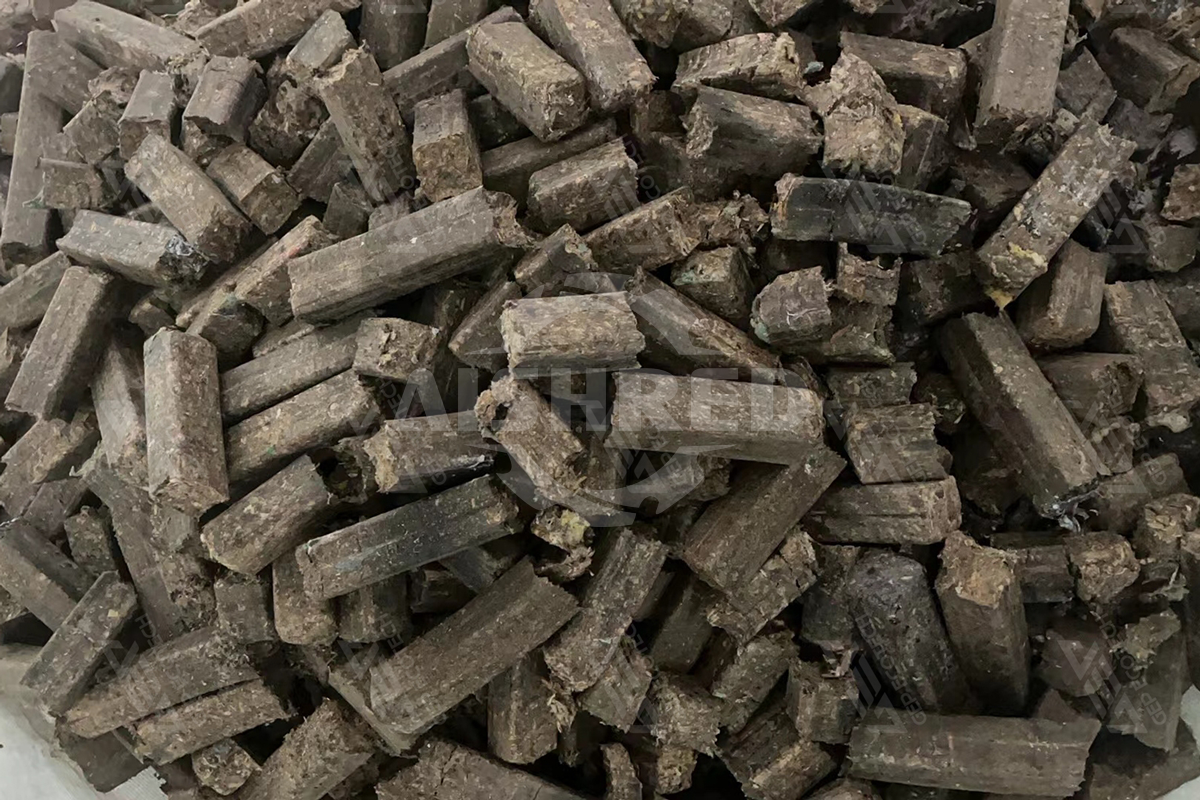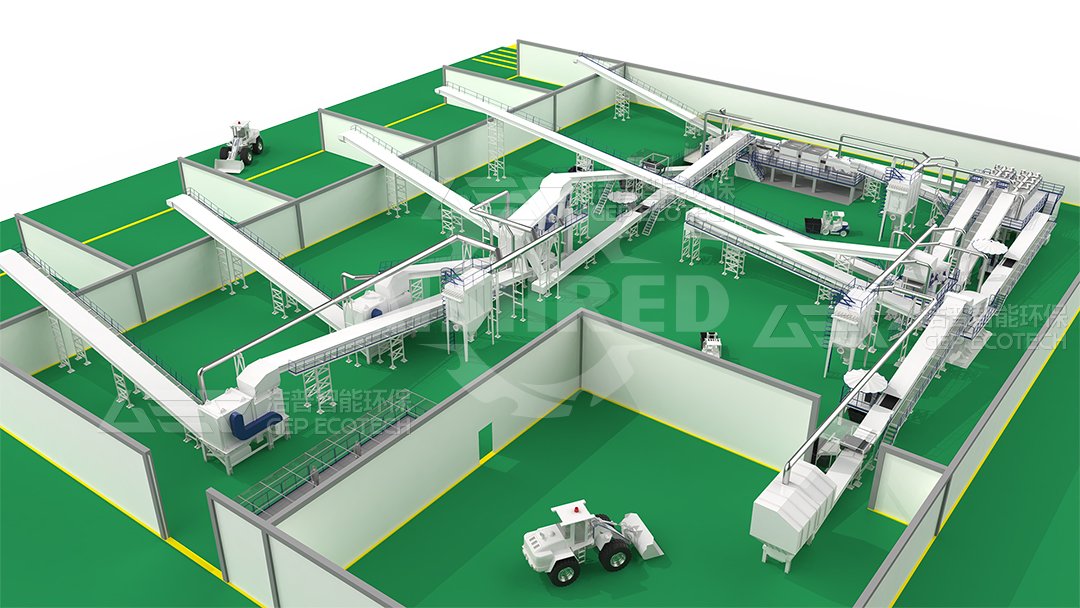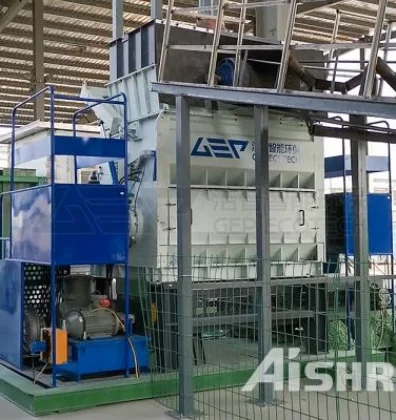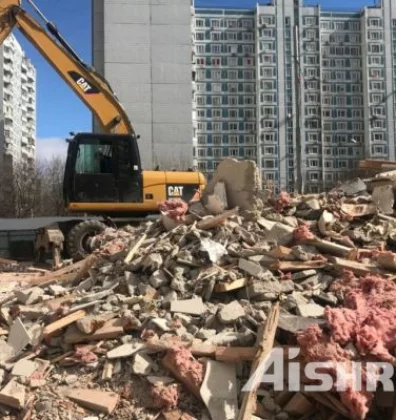Normally, heavy materials such as broken bricks and concrete in c&d scrap are crushed and sorted into recycled aggregates and reused in the construction and building materials industry to achieve resource utilization. However, light materials such as wood chips, paper, cloth, and plastic are piled up and left idle because their components are too complex, sorting is too laborious, and disposal is too difficult, which not only increases the operating burden of enterprises, but also causes a waste of these resources.
So is there a perfect solution to this problem? Of course, turning c&d scrap light materials into alternative fuels is a good way out.
Process of C&D Scrap Light Materials Alternative Fuel Production
The process of turning C&D scrap light materials into alternative fuel involves several steps. Initially, the waste materials are collected and transported to a processing facility. At the facility, mechanical processing techniques, including shredding, grinding, and sorting, are employed to reduce the size of the waste and remove contaminants such as metals and non-combustible materials. Subsequently, thermal processing techniques such as pyrolysis, gasification, or combustion are utilized to convert the processed materials into alternative fuels. These fuels can take various forms, including syngas, bio-oil, or solid recovered fuel (SRF), depending on the chosen conversion method.

GEP's Alternative Fuel Preparation System
GEP's fuel preparation system can not only easily solve the "hard-to-solve" light materials in C&D scrap, but also convert these light materials into the currently "hot" carbon emission reduction artifact alternative fuel. This means that construction waste treatment companies will transform from "payers" to "fee collectors", adding new profit growth points for their own companies, and making outstanding contributions to carbon reduction and emission reduction in the entire construction industry and even the cement industry (potential buyers).
After the light materials in the C&D scrap are processed through crushing, magnetic separation, fine crushing and other treatment processes, the obtained combustible bulk materials can be sold directly, or RDF pellet equipment can be added at the back end to further process the bulk materials into RDF fuel rods, which will have a higher calorific value. (The process design and equipment configuration of this system are customized, and wind sifter, trommel screens, balers and other equipment can be added according to customer needs.)

Turning C&D scrap light materials into alternative fuel represents a sustainable approach to waste management with environmental, economic, and social benefits. Moving forward, continued investment in research, technology development, and policy support will be essential in scaling up alternative fuel production from C&D waste and realizing its full potential as a sustainable energy solution.
Welcome to explore more C&D scrap light materials recycling solutions with GEP ECOTECH.




